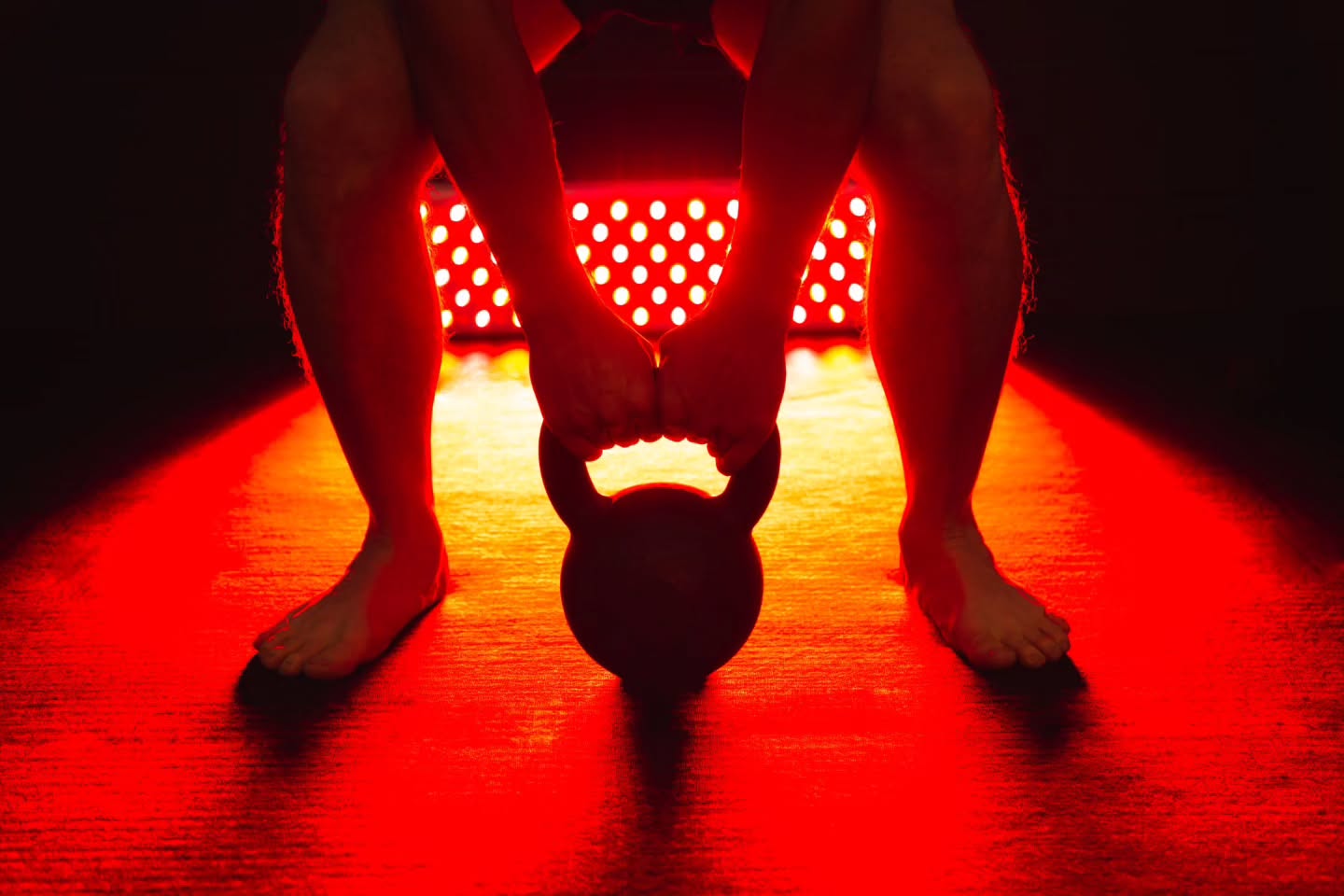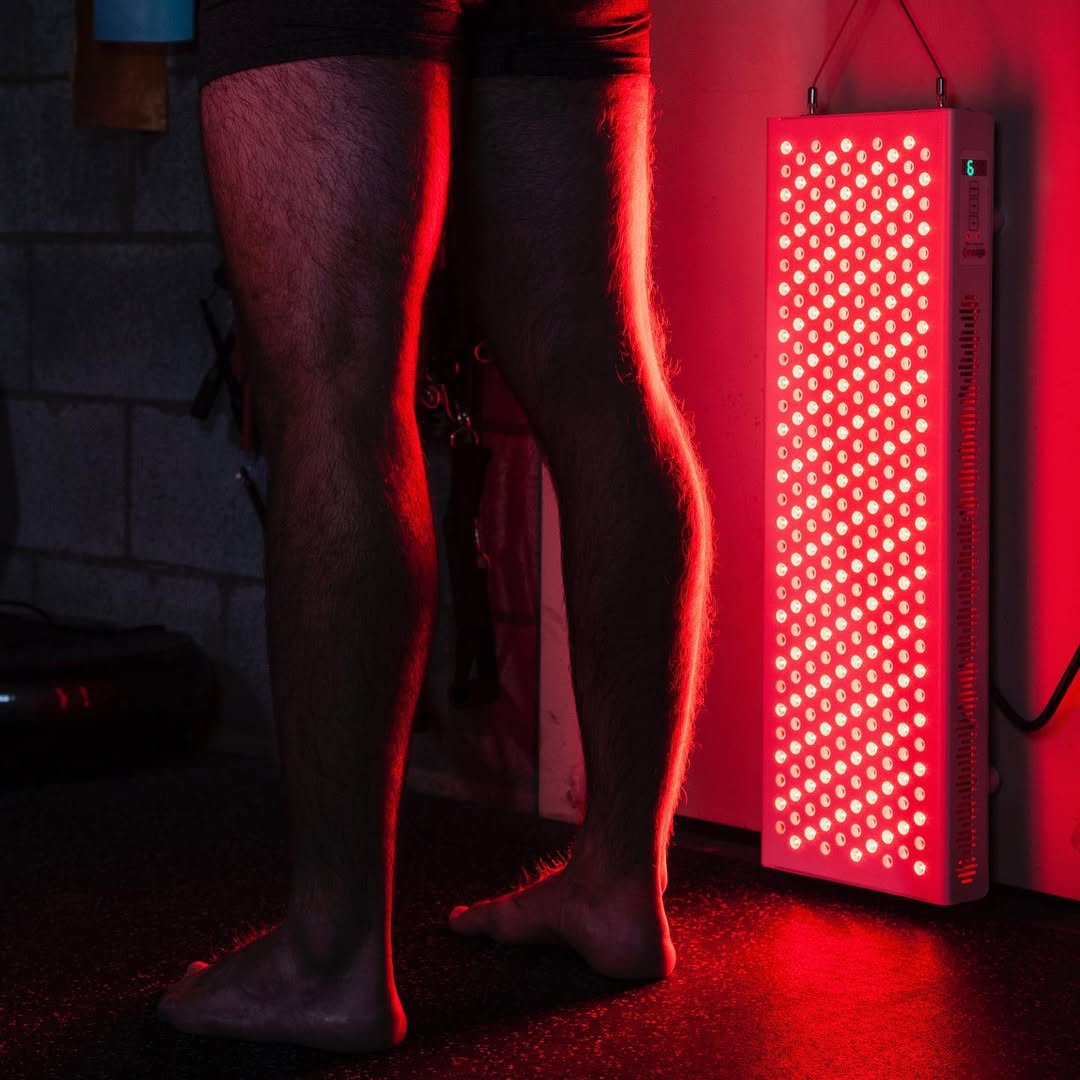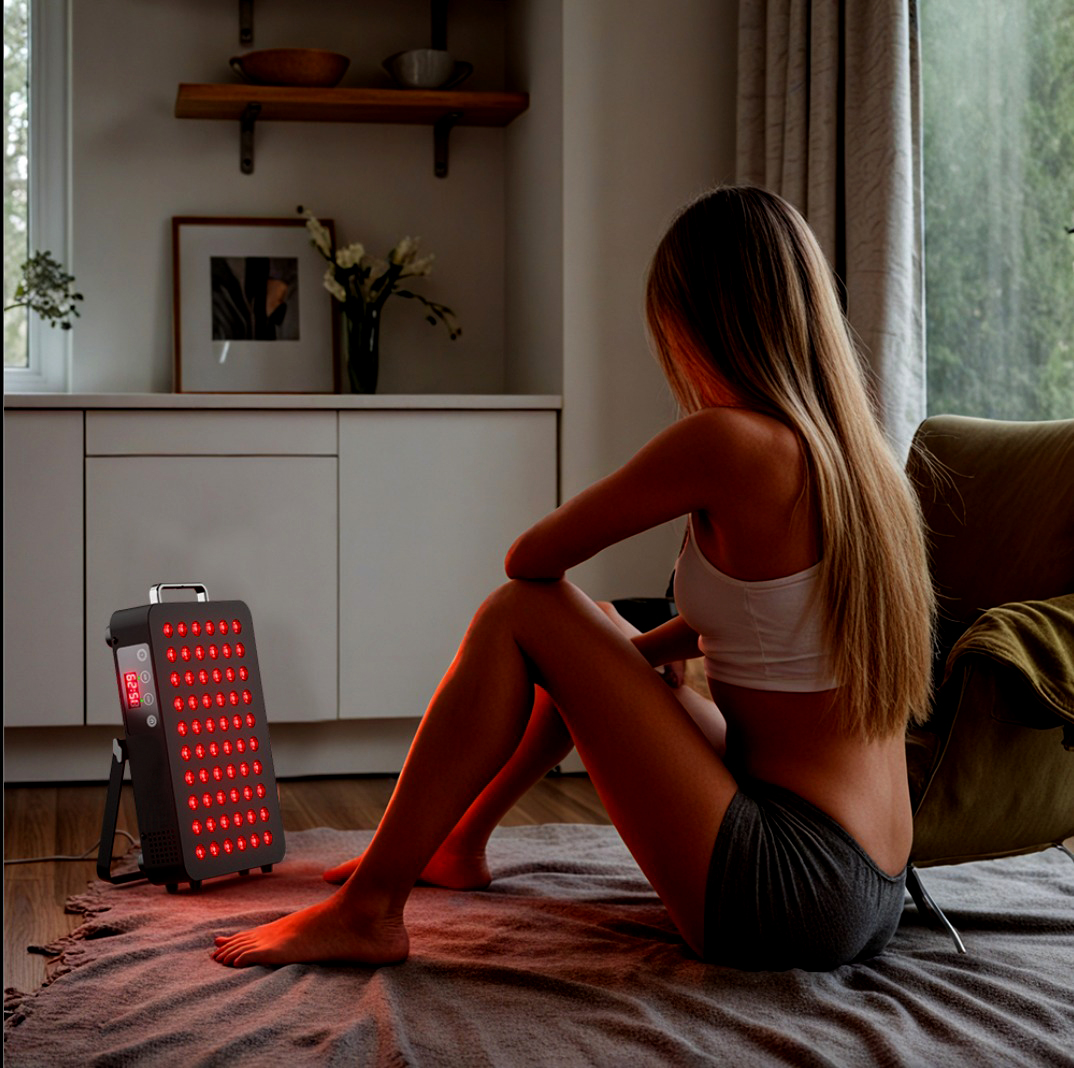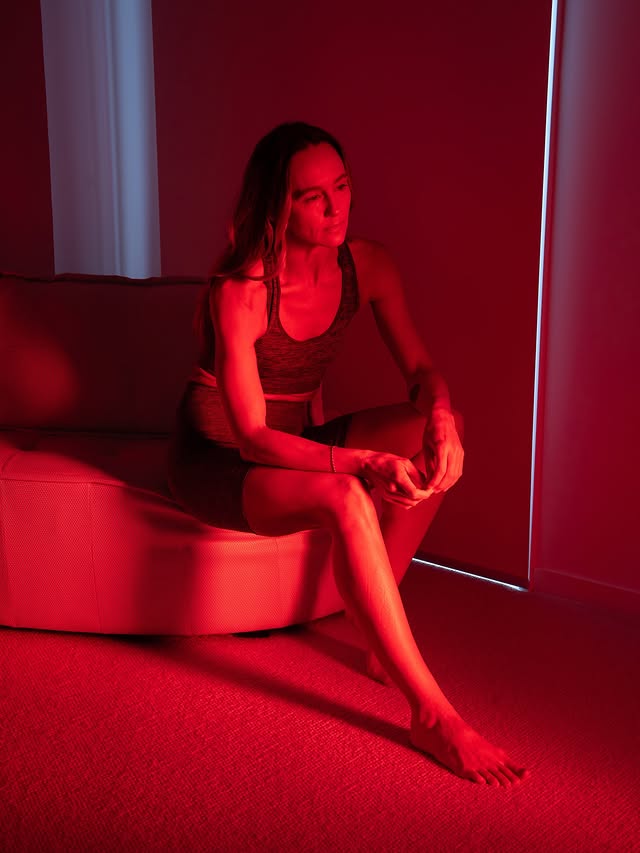![]() Free Shipping
Free Shipping ![]() Buy Now, Pay Later
Buy Now, Pay Later ![]() Eligible
Eligible
Red Light Therapy for Concussions: A Revolutionary Path to Brain Healing
A concussion, often classified as a mild Traumatic Brain Injury (mTBI), is a complex and often misunderstood injury. Traditional management has centered on “cocooning” – rest in a dark, quiet room. However, emerging research is illuminating a powerful, non-invasive tool for brain recovery: Red Light Therapy (RLT), also known as Photobiomodulation (PBM).
This article delves into the science behind red light therapy for concussions, exploring how specific wavelengths of light can stimulate healing, reduce symptoms, and offer new hope for those struggling with post-concussion syndrome.
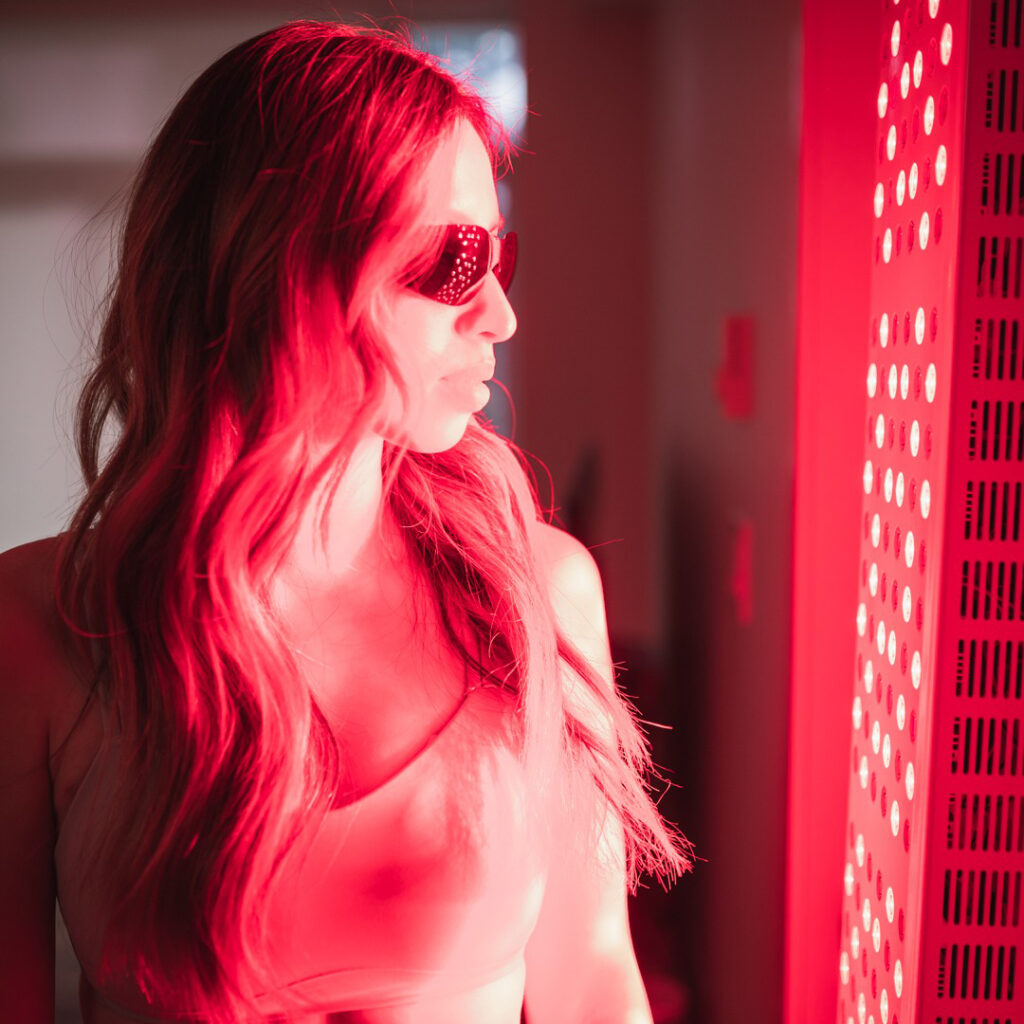
What is Red Light Therapy? Beyond the Surface
Red Light Therapy is a therapeutic technique that uses low-level wavelengths of red and near-infrared (NIR) light. Unlike harsh UV light, this gentle light penetrates the skin and tissues, where it is absorbed by the mitochondria – the powerhouse of our cells.
Dr. Michael Hamblin, a leading Harvard photomedicine researcher, explains: “The primary chromophore (light-absorbing molecule) is thought to be cytochrome c oxidase in mitochondrial respiration. Photons are absorbed, leading to increased ATP (energy) production, a brief burst of reactive oxygen species, and modulation of transcription factors.”
In simpler terms, RLT gives your cells a “energy boost,” kickstarting natural repair and regeneration processes.
The Science of Light: How Red Light Therapy Heals the Concussed Brain
A concussion triggers a cascade of damaging events in the brain, including inflammation, reduced blood flow, and impaired energy metabolism. Red and NIR light, with their unique ability to penetrate the skull, can directly counteract these issues.
Key Mechanisms of Action for Brain Healing
- Boosting Cellular Energy (ATP Production): The light energy enhances mitochondrial function, increasing Adenosine Triphosphate (ATP) production. A concussed brain is an energy-starved brain; RLT helps refuel it.
- Reducing Inflammation: RLT has been shown to decrease pro-inflammatory cytokines and increase anti-inflammatory markers, calming the neuroinflammation that causes many concussion symptoms.
- Increasing Cerebral Blood Flow: The therapy stimulates the release of nitric oxide, a vasodilator, which improves blood circulation, delivering more oxygen and nutrients to damaged brain cells.
- Promoting Neuroprotection and Neurogenesis: RLT can help protect vulnerable neurons from apoptosis (cell death) and may even encourage the formation of new neurons and synaptic connections.
Potential Benefits of Red Light Therapy for Concussion Recovery
Patients and clinicians using RLT for concussions report a range of benefits, often addressing the most stubborn symptoms of Post-Concussion Syndrome (PCS).
- Reduction in headache frequency and intensity
- Improved sleep quality and regulation of circadian rhythms
- Enhanced cognitive function (memory, focus, and “brain fog”)
- Better mood stability and reduction in depressive symptoms
- Decreased dizziness and improved balance
- Faster overall recovery timeline
Red Light Therapy vs. Traditional Concussion Management
The traditional “rest until you’re better” approach is increasingly being seen as insufficient. Here’s how RLT complements or offers an alternative to conventional methods.
| Feature | Traditional Management (Cocooning) | Red Light Therapy |
|---|---|---|
| Approach | Passive | Active & Stimulatory |
| Primary Goal | Prevent overstimulation | Activate cellular repair |
| Mechanism | External symptom avoidance | Internal biochemical change |
| Evidence | Established, but limited for long-term PCS | Emerging and strongly promising |
| Patient Role | Passive recipient | Active participant in healing |
A Clinical Perspective from a Functional Neurologist: “We’ve moved past the idea that the brain just needs darkness and silence. The brain needs the right kind of energy to heal. Red light therapy provides a specific signal that tells the brain’s cells to shift from a state of crisis and inflammation to a state of repair and regeneration. It’s a fundamental game-changer in our toolkit.”
How to Use Red Light Therapy for a Concussion: A Practical Guide
If you’re considering RLT for concussion recovery, it’s crucial to approach it safely and effectively.
Choosing a Device
You have two main options:
- In-Clinic Treatments: Administered by a healthcare professional. This is often recommended for initial treatment to ensure proper protocol and dosage.
- At-Home Devices: Wearable helmets or panels designed for brain application. Look for devices that emit wavelengths in the 630-670nm (red) and 810-850nm (near-infrared) range, as NIR penetrates deepest.
VELLGUS Elite V2
THE #1 RATED RED LIGHT DEVICE
VELLGUS pro V2 + flex stand
THE #1 RATED FULL BODY RED LIGHT DEVICE
A Typical Treatment Protocol
While protocols vary, a common starting point is:
- Frequency: 1-2 sessions per day.
- Duration: 10-20 minutes per session.
- Location: Target the forehead, temples, and back of the neck (where the skull is thinner).
- Consistency: Daily use is key, especially in the first few weeks post-injury.
The body of evidence supporting red light therapy for brain injuries is growing. Studies on both animal models and human trials have shown significant improvements in neurological function, with very few reported side effects.
While more large-scale human trials are underway, the current data is compelling. Red Light Therapy represents a safe, accessible, and scientifically-grounded approach to tackling the complex challenge of concussion recovery. It’s not just about managing symptoms—it’s about actively healing the brain from the inside out.
Frequently Asked Questions About Red Light Therapy for Concussions
How soon after a concussion can I start red light therapy?
Many practitioners recommend starting as soon as possible after the initial acute phase (first 24-48 hours) to help mitigate the secondary injury cascade. However, always get clearance from your doctor first.
Are there any side effects?
RLT is considered very safe. Some users may experience mild, temporary headache or eyestrain, which is why using protective goggles is essential. These effects typically subside quickly.
Can it help with old, long-standing concussions?
Yes. While the most dramatic results are often seen in recent injuries, research and clinical reports suggest that RLT can also improve symptoms in individuals suffering from Post-Concussion Syndrome that has lasted for months or even years.
Is it covered by insurance?
Currently, red light therapy for concussions is not widely covered by insurance, as it is still considered an emerging treatment. Costs are typically out-of-pocket for both in-clinic sessions and at-home devices.





